The Great Migration
The spectacle of The Great Migration is often on many travelers’ bucket lists when they plan to travel to Africa, and is referred to as the “greatest wildlife show on earth.”
We all have a picture in our minds of great herds of wildebeest, with smatterings of antelope and zebra, crossing crocodile-infested waters. This dramatic scene occurs around July/August every year, although it is largely dependent on rainfall. Knowing where to find these great herds at different times of the year is a challenge—this is where Tailored Ventures comes in. We know where to find this phenomenon, with different but equally exciting elements occurring at various times of the year. The Serengeti is a year-round destination!
In January, February and March, the herds are usually in Tanzania’s Serengeti National Park, moving back down south from the north-east region and into the area of the southern Serengeti. What can you expect to see at this time of the year? It’s calving season! Get ready for cuteness overload, as thousands of little legs take their first steps to get moving with the herd as quickly as they can. The great predators are always lurking, waiting for an opportune moment with these little ones around. Expect to see lions, leopards, and even wild dogs and brown hyenas, which take advantage of the occasion.
It’s also fighting season. With the females newly calved, the males strike up a frenzy of jousting for the rights to mate. Clashing horns, dust clouds, and some disappointed suitors can be spotted all over the savannah.
In the long term, this means that by the time the females reach the Mara, Talek and Grumeti Rivers, they have been trekking for months while life is growing inside them. An amazing feat on the harsh African plains!
April means that the northward journey has begun. They can be spotted as far as the central and western Serengeti at this time. Known as the wildebeest funnel, you can witness up to 40 kilometers (25 miles) of beast upon beast making headway through the plains. Their destination—the Mara River, as their water supplies are dwindling fast.
The Mara River is not the only River Crossing. Around July, the herds have reached the western Serengeti and Grumeti Reserves. Here you might have the chance to witness the Grumeti River crossing. River crossings are impossible to predict. We would highly recommend that you consider booking at least a year in advance if this is on your bucket list. This way we can make sure to book a lodge that suits your needs as close to the river as possible.
The surviving herds then begin crossing into Kenya’s Masai Mara National Reserve. As the national reserve is open to the public, we recommend certain special little lodges that offer more exclusive experiences on their private concessions bordering the reserve.
Around September/October, it is best to travel to the Masai Mara if you want to see the Migration. This area will now be much less crowded. The dry season is a safari spotting dream: the dry, low grass makes it easy to spot game, and the animals don’t stray far from the scarce remaining water sources.
Most years, the short rainy season is expected to arrive in November. The wildebeest can feel the drive now to head away from the sparse grasslands of the Masai Mara, and move towards the lush-again Serengeti. This time of year can be quite cool; however, we will guide you as to what to pack for different times of the year.
Coming full circle (in both the time of the year and the migration pattern), December sees wildebeest calving and clustering cross the Serengeti. Fresh grazing grounds and the sound of newborn wildebeest bring the predators back into play on a large scale, though they are never far behind the herd.
With our in-depth experience of this region, we can assist in compiling an itinerary for you, incorporating the best of East Africa and sending you to the regions that will yield the best chance of migration viewings. We recommend a few days viewing the Migration, and a few days in another region of the Serengeti. We work with the best lodges in these regions and can’t wait to start working on your itinerary!
A Great Migration itinerary fits in easily with a break in Zanzibar. Make a bush-and-beach vacation out of your African adventure.

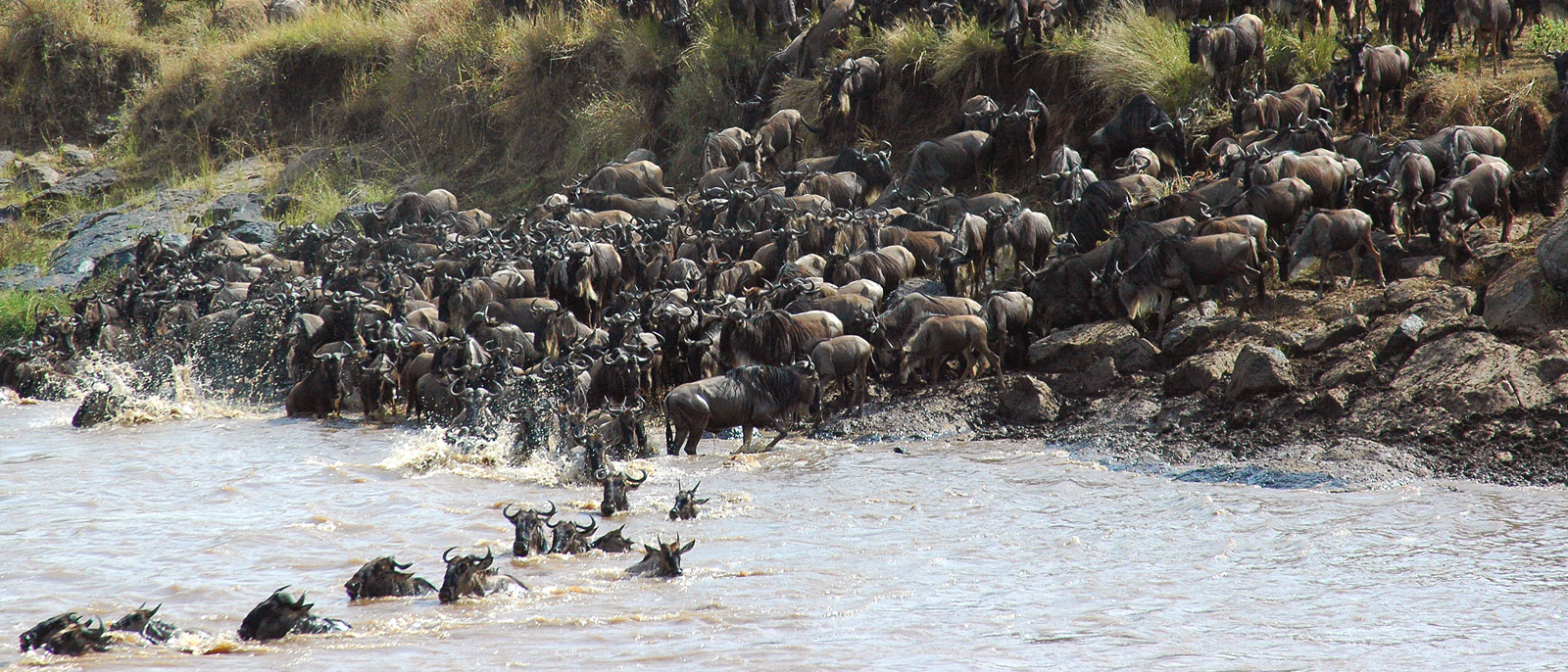
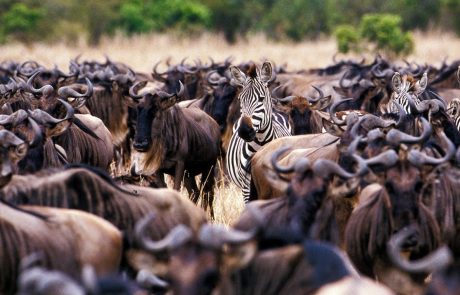
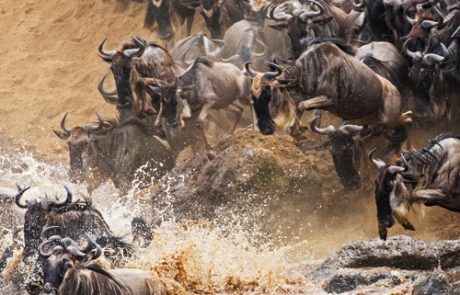
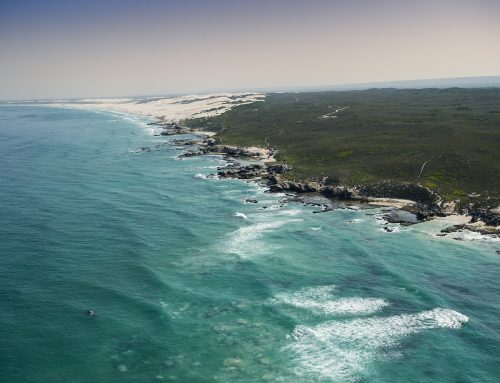
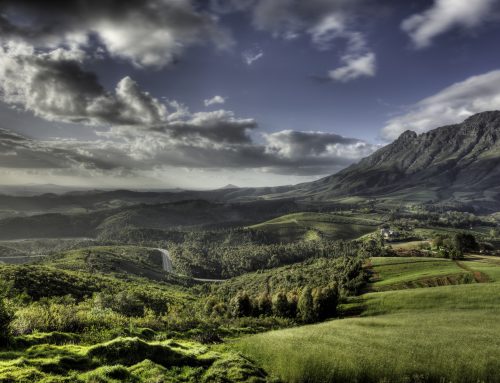
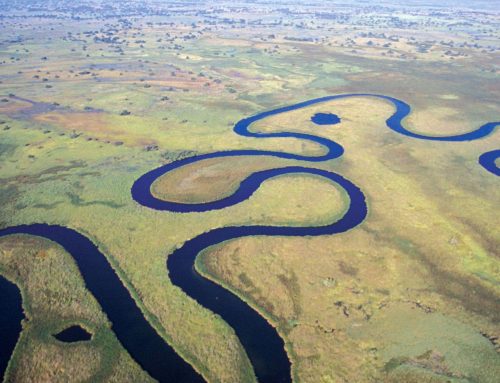
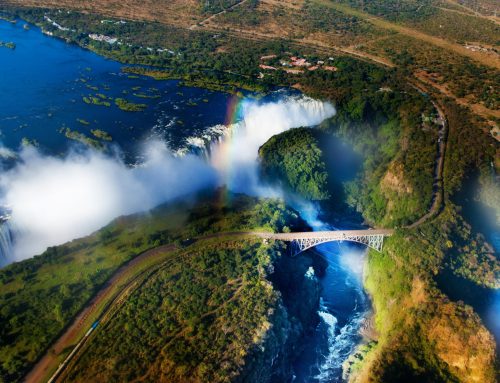
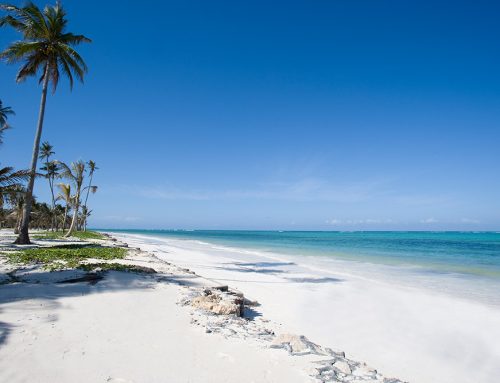
Leave A Comment